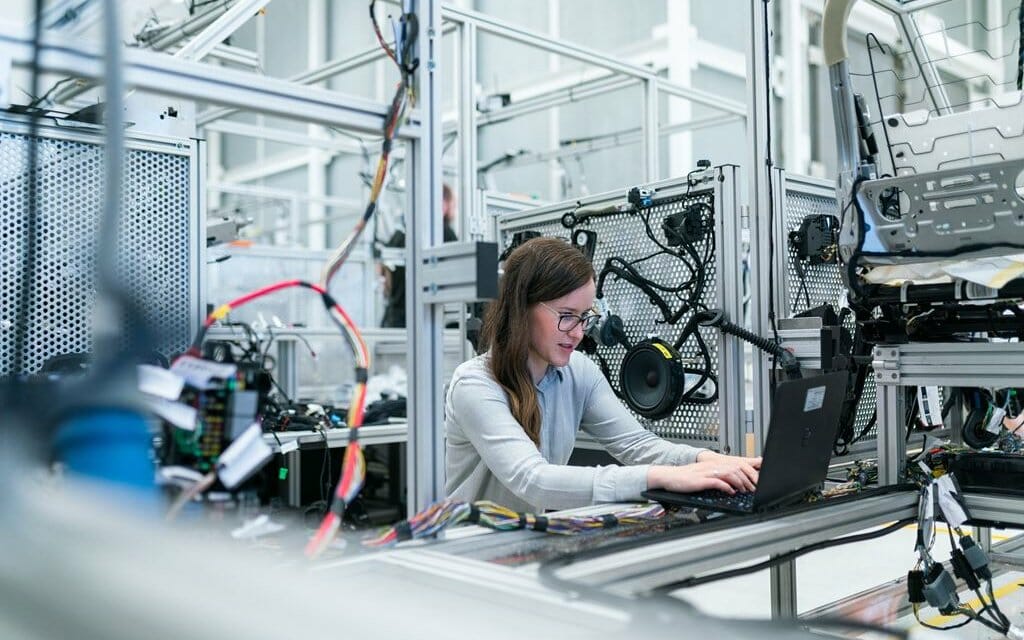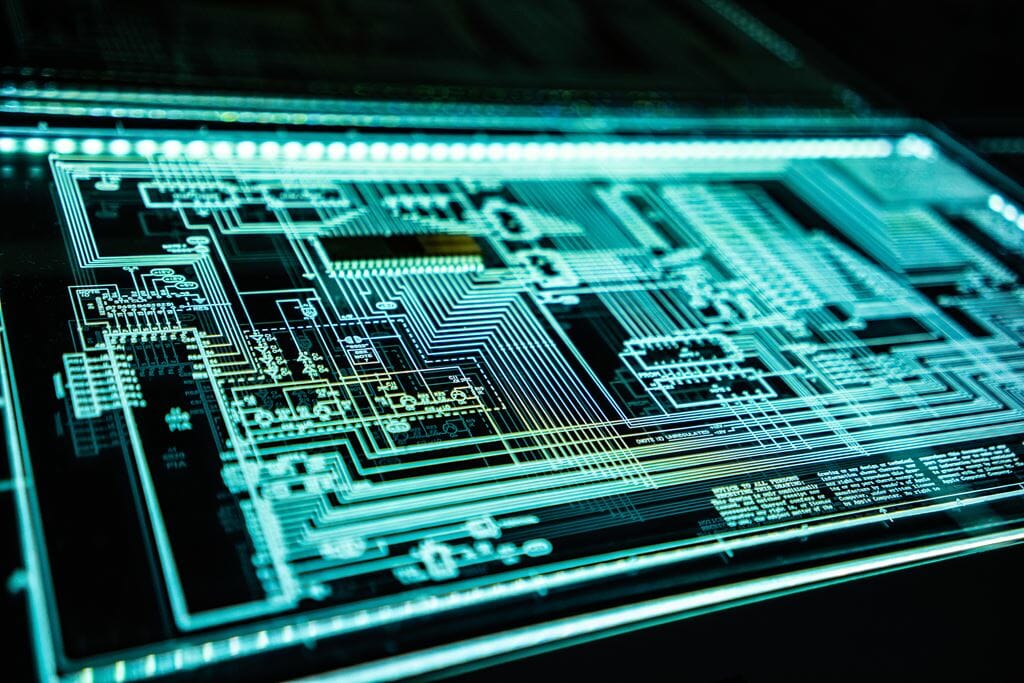
How Technology Is Changing Our Lives

Impacts of technology on society
Technology is a major effect on our daily life. Despite our increasing reliance on technology, there are certain drawbacks to its application. It has the potential to divert our attention away from vital elements of our lives, such as family and jobs. On the other hand, technology can connect us to individuals all over the world, providing us with information, friends, and people who share our interests.
The greatest impact of technology is an increase in productivity. One example is the ability to manufacture more goods and services for less money. In some circumstances, increasing productivity raises workers’ real earnings. Some products’ prices reflect this effect as well. This rise in productivity permeates society, increasing the demand for additional technical progress.
Unfortunately, people frequently abuse technology in ways that are detrimental to society. For example, technology can be used to make products that contaminate the environment, or it can be used to develop new, more sustainable technologies. When used incorrectly, it can potentially harm the environment and risk people’s lives. This implies that technology must be used correctly and usefully.
To increase our quality of life, we must utilize technology and its ability. Technology has also altered the way we conduct business and communicate with one another. For example, it has greatly simplified Internet communication and reduced the cost of doing business. This has increased the impact of technology on society more than ever before.
Impacts of technology on learning
The usage of technology has had an impact on how pupils study. Some perceive this as a positive, while others see it as a disadvantage. In any case, technology is here to stay, and educators must decide how much of it to include in the learning process.
Technology makes it simple to obtain knowledge and can help children learn more quickly. It can also help students learn complex subjects more deeply through different systems like an essay writing help service or educational digital platforms. It can students the tools they need to master 21st-century technological skills. According to the World Economic Forum, technology helps young kids study better.
Technology also enables instructors to tailor their instruction to the needs of their students. It offers a learning environment, mastery-based teaching, and time-saving technologies. It can also design and implement bespoke school information management systems. Furthermore, it enables educators to track and evaluate student progress. Using technology, educators can differentiate instruction based on the needs and preferences of their students.
Impacts of technology on the environment
Technology has changed the way people live, but it has also had a severe influence on the environment. Global warming and an increase in the number of invasive species are two of the environmental repercussions of technology. Technology has also resulted in the extinction of birds and flora, as well as increasing disease risks. Climate change is causing the world’s temperatures to become hotter and colder than they were only a few decades ago. While air conditioning aids in the fight against climate change, it can also be harmful to animals and plants.
Fortunately, there are techniques to limit technology’s harmful consequences. Some technologies, such as renewable energy, assist us in reducing our environmental impact. Others, such as electric automobiles, consume less energy and help the environment. Sustainable solutions are those that are intended to address the demands of current generations without jeopardizing the needs of future generations.
The environmental impact of technology is frequently difficult to quantify. The rapid growth of the information and communication technology business accounts for around 2% of global emissions, and its carbon footprint is nearly equal to that of the aviation industry.
This industry cannot afford to disregard the environmental impact of its products and services, especially as the use of data centers grows. As the number of internet users grows, so does the demand for data storage. As a result, the quantity of electricity required for internet-related services is now equal to the total energy consumption of a complete plane.
Impacts of technology on health
Although rapid technological growth has had many positive benefits for the world, it has also had detrimental consequences. Too much time spent on screens, for example, can cause eye strain, and not enough physical activity can lead to obesity. Excessive screen time can also increase the risk of cardiovascular disease, stroke, and diabetes. Children, who are still developing, are especially vulnerable to these technological influences. As a result, parents should limit their children’s screen usage and give them engaging, healthful alternatives.
Despite these negative effects, health-care technology has made numerous advances to health-care delivery and considerably enhanced people’s quality of life. Medical technological improvements have also benefited both patients and doctors. Patients can analyze their health problems and seek care if necessary using modern tools. As a result, technology has a massive impact on health.




















![SABRENT Launched Thunderbolt 4 KVM Switch with 8K Display and 60W Charging [SB-TB4K]](https://www.enostech.com/wp-content/uploads/2023/06/unnamed-6-440x264.jpg)






